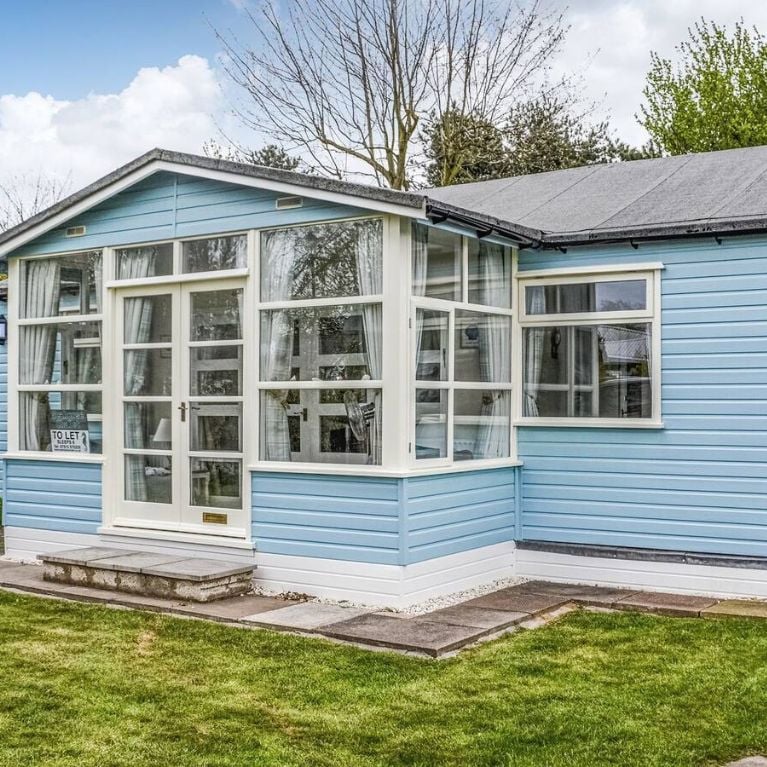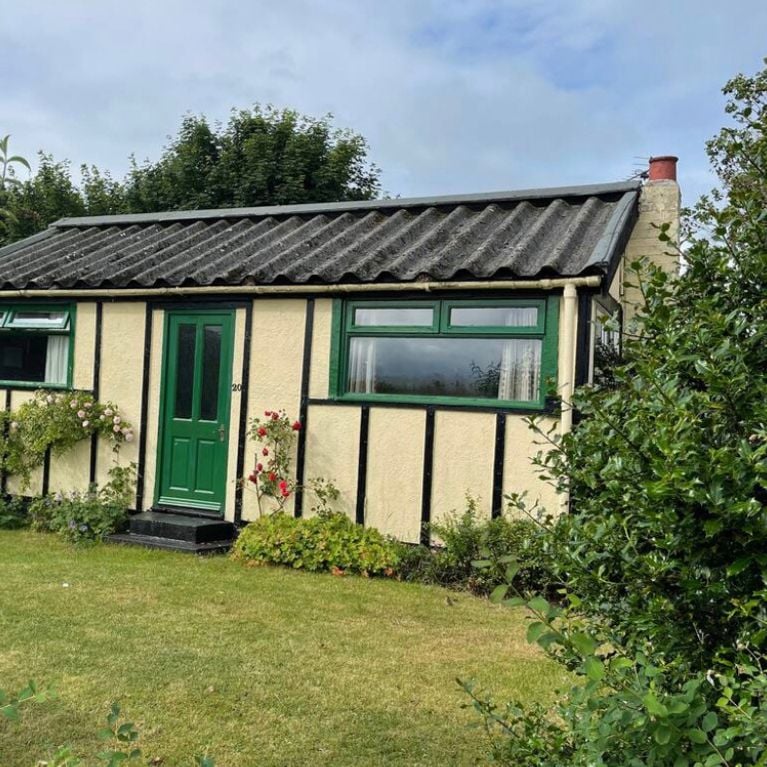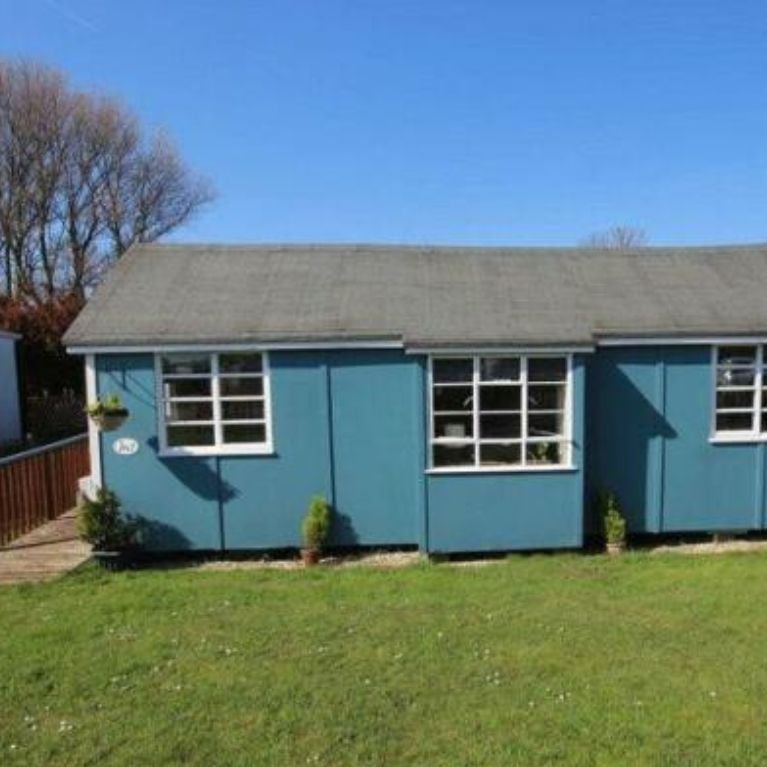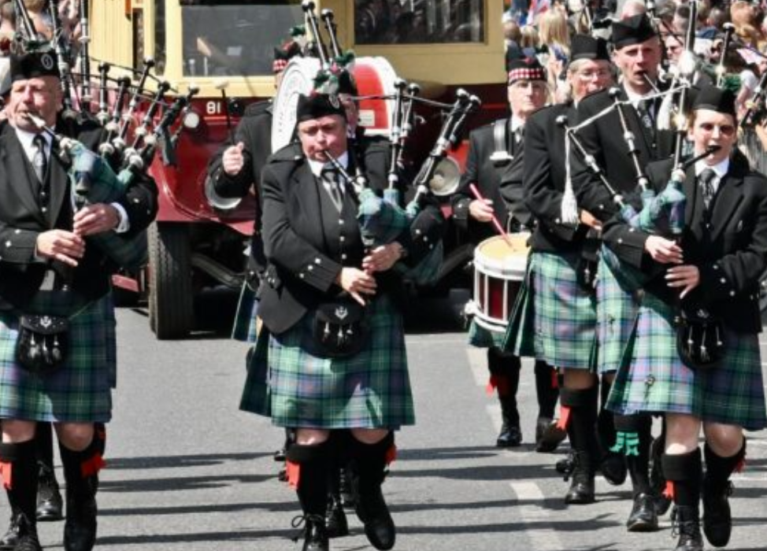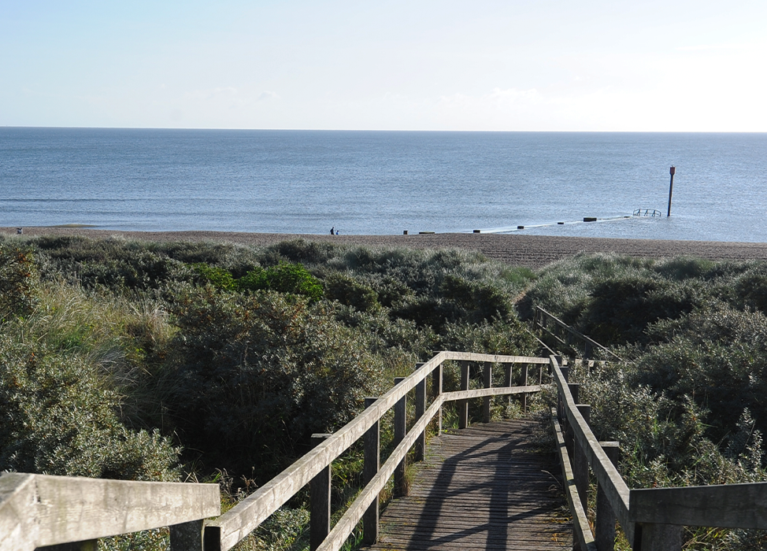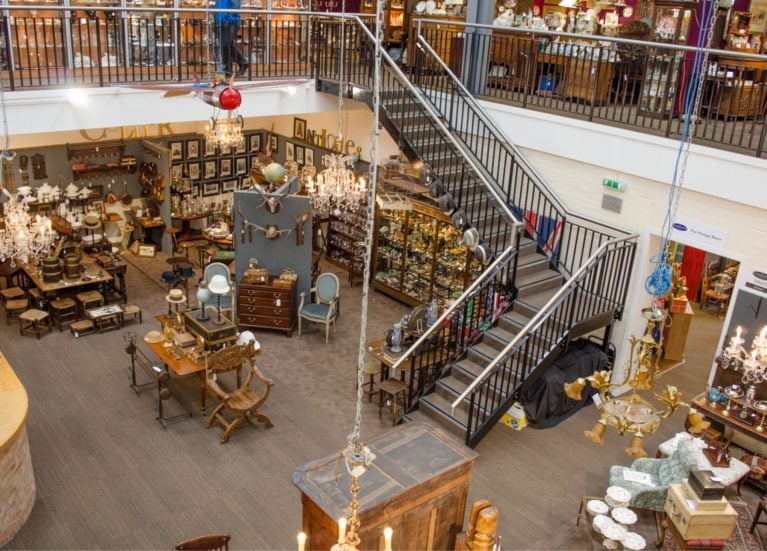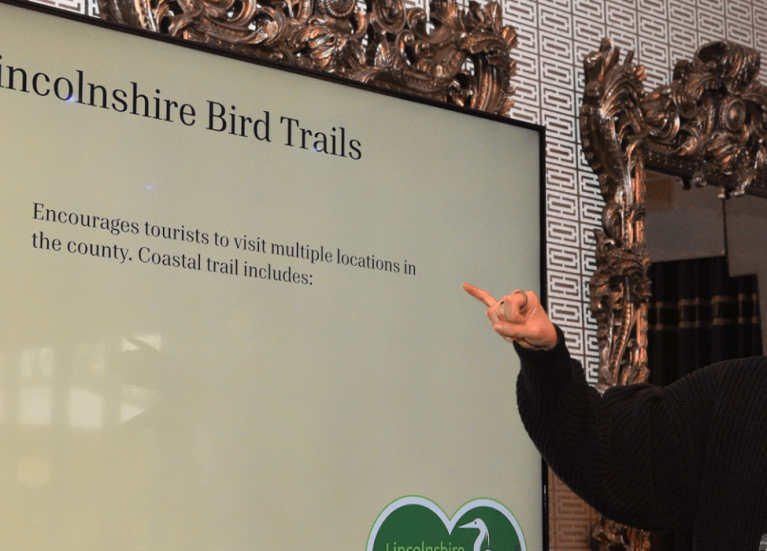To celebrate the Year of the Coast throughout 2023, we are featuring blogs from all around Lincolnshire’s glorious coastline. First in the series – we’re heading to Humberston Fitties, a stone’s throw from the seaside resort of Cleethorpes.
It was great to chat with Lisa Cutting from North East Lincolnshire Properties, who own a number of the charming rentable chalets nestled within the avenues and lanes of Humberston Fitties. As we delve into the world of this much loved, unique area, we were captivated by an excerpt written by the esteemed local author Alan Dowling, painting a vivid picture of the history and very beginnings of the ‘Plotlands’.
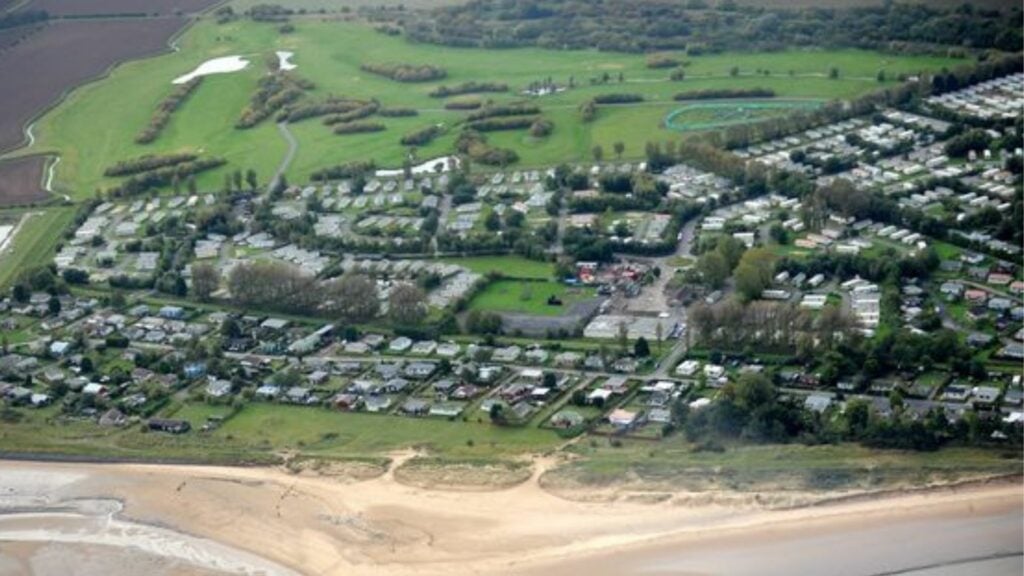
The history of The Humberston Fitties Plotlands, extract from Alan Dowling.
In the first half of the twentieth century, a unique landscape emerged along the coast, on the riverside and in the countryside. It was a makeshift world of shacks and shanties, scattered unevenly in plots of varying size and shape, with unmade roads and little in the way of services.
To the ‘plotlanders’ themselves, Arcadia was born. Ordinary city-dwellers discovered not only fresh air and tranquillity but, most prized of all, a sense of freedom.
The growth of such plotlands was concentrated within a fifty-year period from the 1890s to the end of the 1930s, with a peak during 1919-1939.
The Humberston Fitties is a surviving example, even though any shacks and shanties’ that it may have had, have now evolved into, or been replaced by chalets and bungalows.
In 1707 there were reckoned to be 391 acres of ‘outmarsh or Fitties’ in the Manor of Humberston, immediately south of Cleethorpes. In 1795 part of the marsh was enclosed within a sea bank known as Anthony’s Bank as a preliminary to turning it over to agricultural use.
The present Anthony’s Bank Road, which leads to the seafront, follows the line of the bank which then turns in a southerly direction near the camp entrance and runs through the camp. Sand dunes built up in front of the bank and eventually, these became the first location of the first bungalows on the Fitties. Subsequently, the area to the landward side of the bank was also used for bungalows. This type of bungalow development came to be called ‘plotlands’.
Humberston Fitties, or simply ‘the Fitties’, are the customary local ways of referring to what is officially termed the Humberston Fitties Chalet Park or Camp. It contains about 320 chalets or bungalows and lies on the Lincolnshire coast. The land upon which it lies was once salt marsh and ‘Fitties’ is a Lincolnshire term signifying salt marsh hence its name.
The expressions ‘Humberston Fitties’ and the ‘Fitties’ are used to describe both the camp (and its later caravan extensions) and the general area of reclaimed salt marsh in which it lies.
How did plotlands arise and become a country-wide phenomenon? What were the circumstances which led to the creation of numerous similar camps?
It is undoubtedly a common human characteristic to wish at times to ‘get away from it all’ and retreat to that daydream country cottage with a thatched roof and roses around the front door. For many centuries, only wealthy people could achieve this. With the growing industrialisation and the rapid growth of towns, the idea of having access to a bolt-hole or a place for fresh air and relaxation started to have a wide appeal.
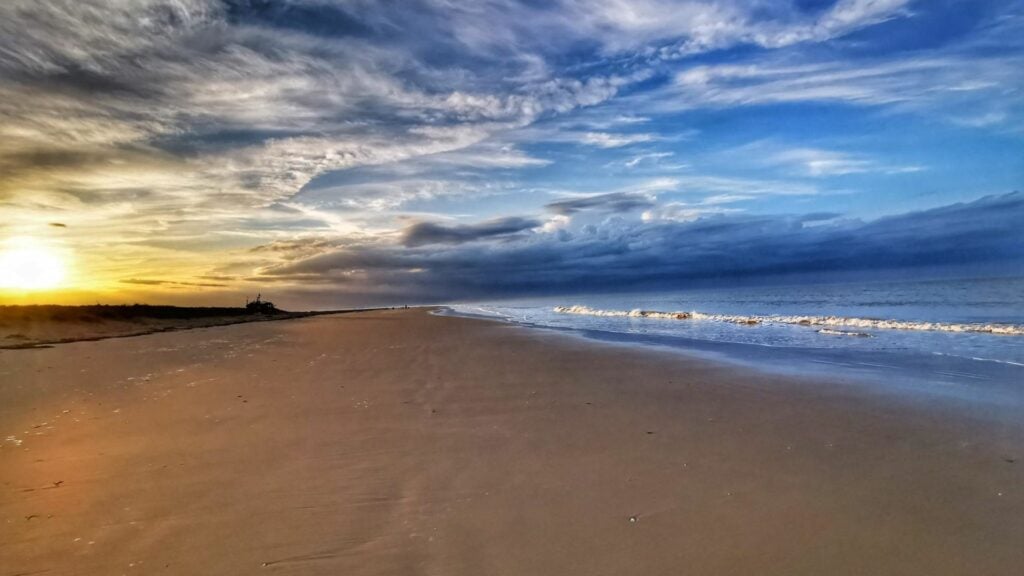
From the tranquillity of the North Sea shores and dunes to the vibrant colours of the rising sun, time spent at the Humberston Fitties is an invitation to reconnect with nature and enjoy a relaxed pace of life. If you’d like to experience the charm of these quirky bolt-holes firsthand check our accommodation listings by searching for ‘fitties’ and book your stay in a little slice of North East Lincolnshire heritage.
To learn more about the Humberston Fitties, be sure to catch up on Michael Portillo’s series on Great Coastal Railway Journeys on BBC2. In Series 2, Episode 10, which aired on Friday 2nd June at 18:30, Michael takes a ride on the Cleethorpes Coast Light Railway to Humberston Fitties.
